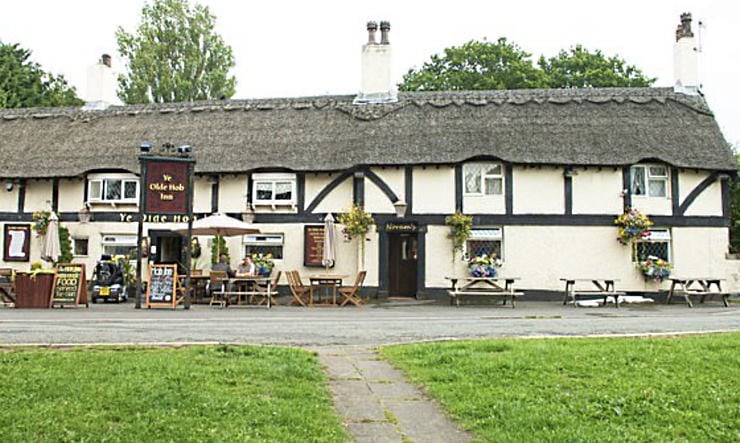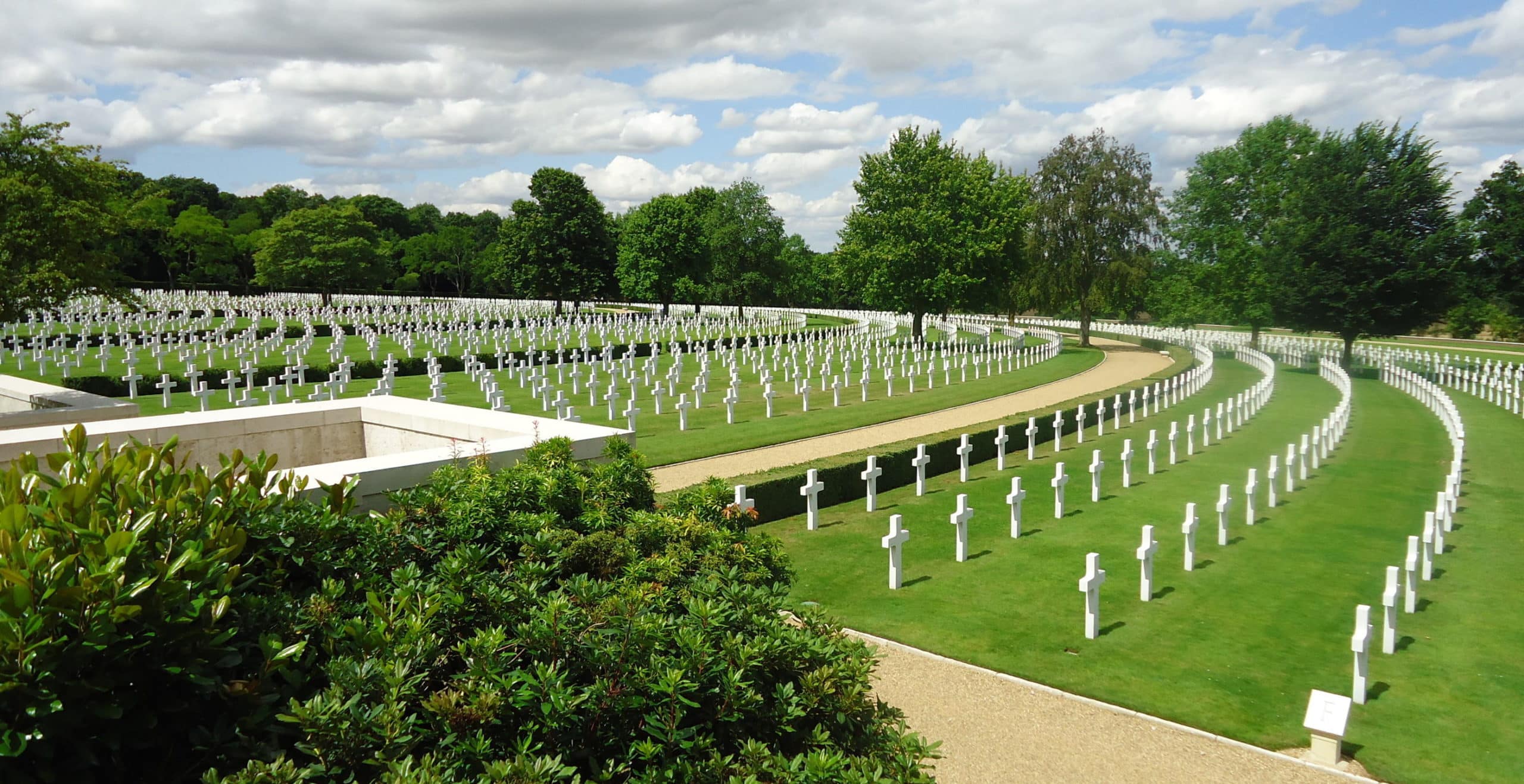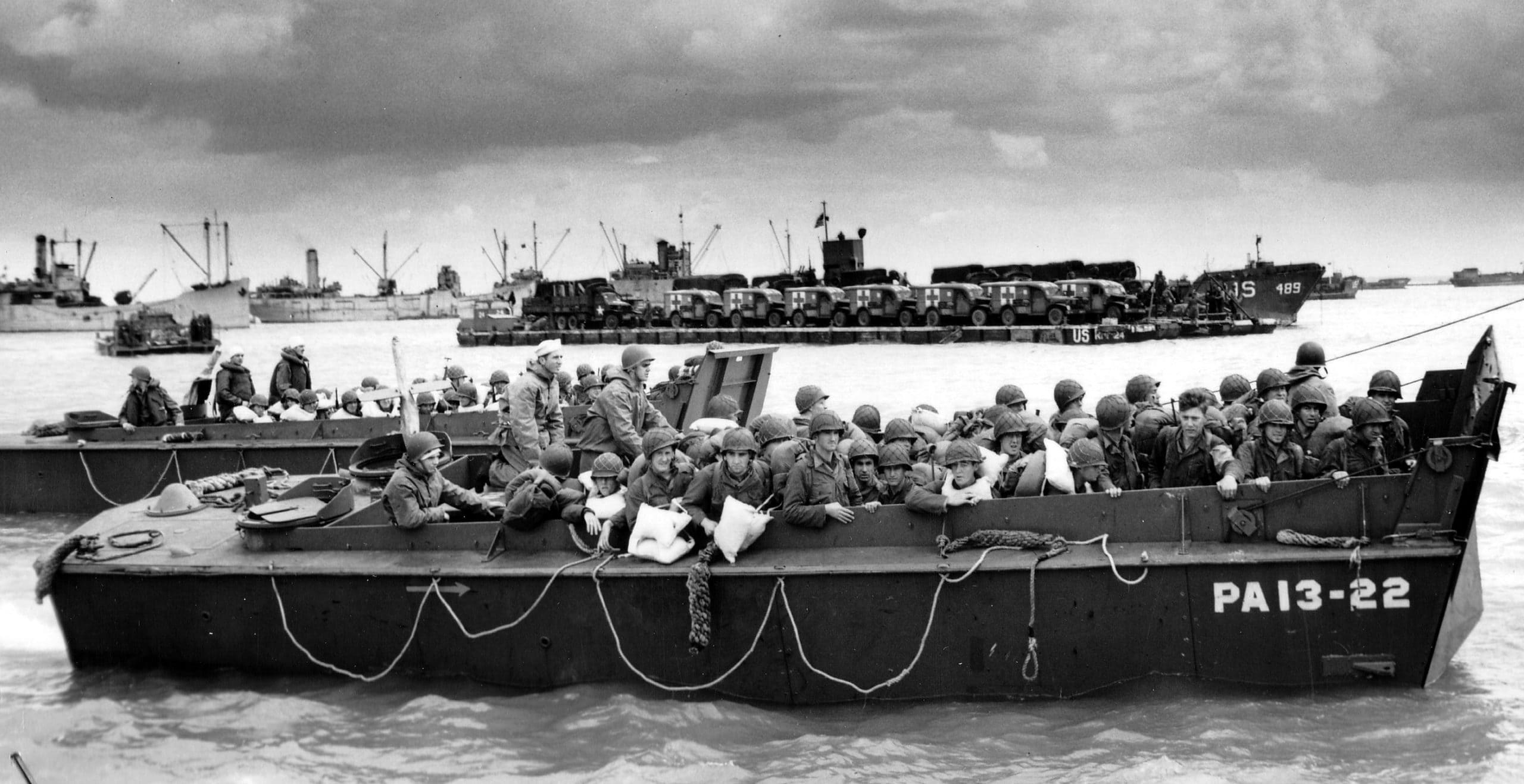The Battle of Bamber Bridge: A Unique Chapter of WWII History
An Unassuming Setting
Nestled in the heart of Lancashire, Bamber Bridge is a town steeped in history and tradition. Today the streets of Bamber Bridge are lined with a mix of traditional stone cottages and modern architecture, reflecting the town’s rich heritage.
The River Ribble meanders through the outskirts, but it’s not just the scenic beauty that defines Bamber Bridge; it’s the spirit of its people and the stories that have shaped it. One such story is the Battle of Bamber Bridge, a significant event that left an indelible mark on the town’s history.
Amid World War II, the quaint English village became an unlikely backdrop for an American civil rights struggle. The village played host to the 1511th Quartermaster Truck regiment of the Eighth Air Force, U.S. Army Air Forces (USAAF). Their station, Air Force Station 569 – affectionally known as “Adam Hall”- was on Mounsey Road. Today, part of the site serves as the base for the Royal Air Force Air Cadets.
In June 1943, exacerbated by alcohol, underlying hostility, and entrenched racial prejudices, a disturbing incident of internal military aggression erupted in the village, brought there by the American soldiers, known as GIs. This event, known as the Battle of Bamber Bridge, was a conflict between two American military units.
Racial Segregation in the US Military
Racial tension within the US Military was highly pronounced during the war years. The Battle of Bamber Bridge took place in 1943, five years before President Harry S. Truman’s Executive Order 9981 in July 1948, which ended segregation within the US military. At that time, the US Armed Forces were not only openly endorsing racism but were also legally dividing units and roles based on skin colour.

Nearly two million American servicemen were stationed or passed through the UK during World War II. Their time wasn’t solely devoted to combat, as evident in the over 60,000 British women who married these American Gis, and many moved to the US after the war. The USAF had the highest casualties rates of US services at the time. Many US airmen frequented friendly local pubs to spend their time and money between missions. The British often referred to the GIs as “Oversexed, and overpaid,” a nod to their higher disposable income, making them popular patrons in local establishments.
Interestingly, Black American servicemen found greater acceptance amongst the British, which contrasted starkly with the discrimination they experienced back home. Black soldiers could socialise openly in British pubs, where they were not just tolerated, but warmly welcomed. British society’s lack of Jim Crow racial segregation was a refreshing change for many of them. Still, this societal harmony didn’t sit well with some of their white counterparts, who brought their prejudices overseas and tried to impose them on the British.
Racial Tensions in Bamber Bridge
The 1511th Quartermaster Truck Regiment, a primarily African American unit, was stationed at Adam Hall in Bamber Bridge, one of the many airfields that housed servicemen during the war. As part of the larger Eighth Army Air Force, they played a crucial role in delivering war materiel to various airbases throughout Lancashire.

The men of the 1511th often visited Ye Olde Hob Inn, a local pub, where they had cordial relationships with the locals. However, when white American soldiers attempted to establish a “colour bar” in the village, the locals demonstrated their resistance by hanging signs reading “Black Troops Only” outside the village’s three pubs. Bamber Bridge, it seemed, wouldn’t tolerate racial discrimination.
Tensions escalated further with the arrival of the 234th US Military Police Company, who were disgruntled about the popularity of the African American soldiers among the local English women. Their resentment boiled over on the night of the 24th of June 1943 when they attempted to discipline the black soldiers of the 1511th.
A Confrontation Escalates: The Battle of Bamber Bridge
The night began with a minor infraction. An African American soldier was caught trying to purchase beer after last orders. Two Military Policemen (MPs), Privates Windsor and Ridgeway, attempted to arrest Private Nunn, accusing him of being out without a pass and wearing the incorrect uniform. Tensions quickly escalated into an argument, with locals and British servicewomen siding with Nunn and the 1511th against the MPs.
Private Adams of the 1511th brandished a bottle, to which MP Windsor responded by drawing his gun. A Sergeant temporarily diffused the situation, but they retaliated when a bottle was thrown at the MPs’ departing Jeep. They gathered reinforcements and ambushed the black soldiers returning to Adam Hall later that night.

What ensued was a fierce confrontation. The MPs wielded billy clubs while the 1511th retaliated with bottles and cobblestones. An MP fired his gun in the melee, injuring Private Adams.
The Battle Continues
Amid the chaos, a rumour circulated that a black soldier had been shot in the back, and the MPs were conducting a manhunt. In response, approximately 200 black soldiers rallied at Adam Hall, confronting their white superiors and calling for a revolt.
Lieutenant Jones, the 1511th’s only black officer, managed to pacify them temporarily. However, the arrival of approximately a dozen MPs in Jeeps and an improvised armoured car with a machine gun led to the black soldiers seizing the majority of the firearms stored at Adam Hall and setting up defensive positions.
Over the next few hours, a firefight broke out across the Bamber Bridge area. Private Crossland of the 1511th was killed, and several other soldiers and MPs were injured in the ensuing clash.
The Aftermath
In the aftermath of the fighting, blame was swiftly directed at the black soldiers, leading to two separate trials. The first trial concluded with four African American men found guilty of various offences, resulting in dishonourable discharges and sentences of hard labour. The second trial saw 28 out of 35 defendants convicted on charges ranging from ignoring orders and rioting to mutiny and seizing arms.
Yet, justice emerged from an unexpected quarter. General Eaker, commander of the Eighth Army Air Force, attributed a significant part of the blame to the racist MPs and white officers of the 1511th. He criticised their mishandling of the situation and their neglect of the wounded. In response to the incident, a subsequent overhaul led to the removal of racist officers from the trucking units and the introduction of black officers into the MP units, marking a turning point in handling racial tension within the military.

The Battle of Bamber Bridge remains a significant event, highlighting racial tensions within the US military during World War II and the role of a small English village in the struggle for civil rights. Today, Bamber Bridge stands as a symbol of resilience and unity. The town’s residents are proud of their history and role in standing up for justice and equality. The Battle of Bamber Bridge has been commemorated with a new memorial to the event placed outside the Ye Olde Hob Inn by locals in 2022. Each serves as a reminder of the town’s commitment to principles that transcend time and geography.
Robert Mirante is a policy officer for a leading Higher Education think tank in London, with a deep-rooted passion for history. Although his professional background is in politics, Robert has dedicated much of his personal time to studying British and world history, with a particular interest in medieval periods and World War II. His fascination with the past has led him to publish several political op-eds, and he is now making his debut in a history publication. Despite his achievements in the political sphere, Robert’s love for history remains a driving force in his life. His unique blend of political insight and historical knowledge allows him to bring a fresh perspective to the study of the past
Published: 22nd September 2023.







